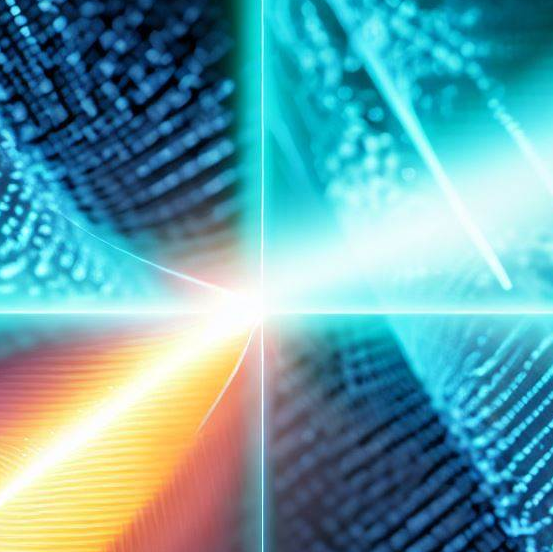Prior to delving into the details of the Quanta q Plus C Laser and the Picoway laser, it is crucial to have a fundamental understanding of how laser technology works. Depending on the targeted therapy, laser devices create focused beams of light that specifically target certain skin colours or structures. The laser's radiation can specifically destroy undesirable cells, break down pigments, and encourage the formation of collagen, all of which can improve the appearance.

Quanta q Plus C Laser
The Quanta q Plus C Laser is a multifunctional and popular laser device that addresses various skin issues. It makes use of a trio of laser wavelengths, including Alexandrite, Ruby, and Q-switched Nd:YAG lasers. This wide variety of wavelengths enables the efficient treatment of lesions such as vascular lesions, pigmented lesions, and tattoos.Since the Q-switched Nd:YAG laser works on deep pigments, it can be used to get rid of tattoos and rejuvenate the skin more deeply. The Alexandrite laser is perfect for hair removal and addressing pigmentation concerns in lighter skin types, while the Ruby laser works well for eliminating light-colored tattoos and pigmented lesions.
Picoway Laser
Contrarily, the Picoway laser is a cutting-edge laser system that uses pulses with picosecond durations. The laser can provide energy in picoseconds, which is far faster than conventional nanosecond lasers because of the ultra-short pulse duration. Rapid energy supply aids in breaking down pigments into smaller particles, which makes it simpler for the body to get rid of them naturally.
Picoway vs. Quanta q Plus C Laser
The Quanta q Plus C Laser and Picoway laser differ in various ways. Let's compare these factors:
Effectiveness of Treatment
Both lasers have a history of success in their respective fields. The multi-wavelength technology of the Quanta q Plus C Laser enables precision targeting of various skin issues, making it extremely successful for tattoo removal and a variety of pigmented and vascular lesions. The Picoway laser excels in breaking down pigments thanks to its picosecond pulse duration, producing fantastic results for tattoo removal, pigmentation correction, and skin rejuvenation.
Downtime and Recovery
Depending on the patient and the particular laser procedure used, the downtime and recovery time might vary. Both the Quanta q Plus C Laser and the Picoway laser often require little recovery time, allowing patients to get back to their normal routines quickly. To speed up the healing process, it's crucial to adhere to your practitioner's post-treatment care instructions.
Cost Considerations
Several variables, such as the location, the size of the treatment region, and the required number of sessions, might affect the price of laser treatments. Both the Quanta q Plus C Laser and the Picoway Laser are high-end laser technologies, and their prices might correspond to those attributes. It is best to speak with a reputed facility to get precise cost information catered to your unique requirements.
Conclusion
In conclusion, the Quanta q Plus C Laser and the Picoway Laser both provide cutting-edge laser technology with outstanding outcomes in a range of dermatological treatments. The Picoway laser excels with its picosecond pulse duration and wide application across various skin types, whereas the Quanta q Plus C Laser excels with its multi-wavelength system and versatility.
